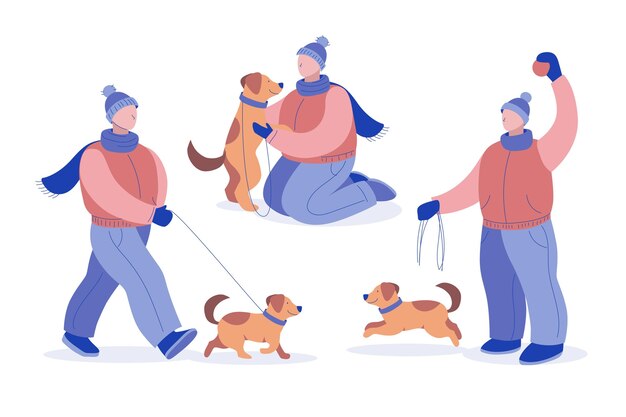

The Importance of Recall Training for Your Dog
Teaching your dog to come when called is a crucial part of being a responsible pet owner. This command ensures that your dog returns to you, no matter what distractions are around. It’s fundamental for their safety, giving you control in potentially dangerous situations. Whether you’re at the park, on a hike, or just in your backyard, a reliable recall command provides peace of mind and keeps your dog safe.
Recall training also strengthens your bond with your dog. By spending time teaching them this command, you build trust and improve communication. Dogs respond well to positive reinforcement, so when they learn that coming to you means praise, treats, or playtime, they’re more motivated to listen. This creates a constructive and enjoyable training environment, where your dog feels happy and eager to please. In the end, recall training is not just about getting your dog to follow orders; it’s about fostering a deep, trusting relationship.
Building Trust and Communication with Your Dog
Establishing a strong foundation of trust and communication with your dog is key to any successful training program. Without trust, your dog might hesitate to follow commands, making training difficult. Effective communication is necessary to convey your expectations and reinforce the behaviors you want.
You can build trust with positive reinforcement techniques, which involve rewarding your dog for good behavior, like following commands or staying calm. This creates a positive association with following your lead, helping your dog trust that you have their best interests in mind.
Enhance communication with consistent, clear signals. Use both verbal and non-verbal cues to convey your wishes. Consistent hand gestures, tones of voice, and body language will make it easier for your dog to understand what you want, building a stronger connection between you two.
Focusing on trust and effective communication lays the groundwork for a successful and harmonious training experience with your dog. This foundation is crucial for future training and ensures a positive, productive journey for both you and your pet.
Becoming the Pack Leader
Establishing yourself as the pack leader is vital for effective dog training and ensuring a harmonious relationship with your dog. Since dogs are pack animals, they look to their human companions for guidance and leadership. As a pack leader, you can set boundaries, enforce rules, and create a sense of security for your dog.
You can establish leadership through consistent and clear communication. Dogs rely on body language and vocal cues to understand their position within the pack. Use a firm but gentle tone when giving commands and maintain confident body language. Avoid shouting or harsh punishments, as they can instill fear and undermine your role as a leader. Leadership is about earning respect and trust through effective communication, not intimidation.
Choosing the Right Training Tools and Equipment
Picking the right training tools and equipment for your dog is important and should be based on their specific needs and temperament. A leash is one of the most common tools, allowing for control and guidance during training. Traditional leashes made of nylon or leather are durable and versatile options.





